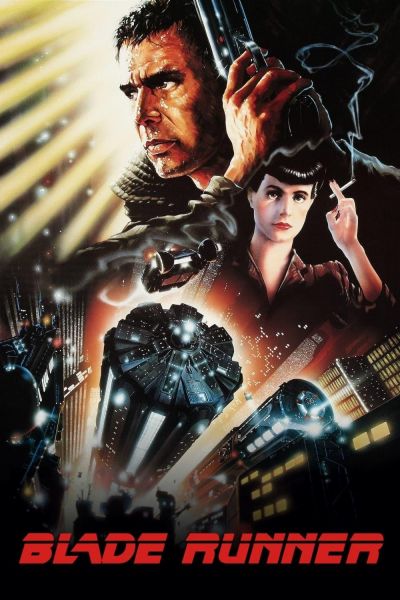
Blade Runner
Shortly after finishing Arrival, I started talking about Denis Villeneuve’s films with my oldest, who’s a huge fan of Dune. I mentioned that Villeneuve also directed Blade Runner 2049, the sequel to one of my favorite films of all time: Blade Runner. And so the night ended up being a sci-fi double feature as we pulled up Ridley Scott’s sci-fi masterpiece. Specifically, we watched 2007’s “Final Cut,” i.e., the definitive director’s edition. I have some minor quibbles with some of Scott’s choices for his director’s cut, but I have no such issues with the film’s visuals. Already iconic, the “Final Cut”’s digital remastering makes the film’s visuals all the more stunning. Modern visual effects, which rely so heavily on CGI, can never hope to contain the richness and depth that’s on display in every single one of Blade Runner’s scenes. Despite being released over forty years ago, Scott’s film looks more futuristic than any modern film, and I suspect that’ll be the case for more decades to come. We always talk about suspending disbelief when watching movies, especially genre titles, but that term — “suspension of disbelief” — doesn’t feel quite right when talking about Blade Runner. Thanks to its production design, practical effects, and haunting soundtrack (courtesy of Vangelis), I can’t help believing that Blade Runner’s noir-ish, rain-soaked world actually exists.